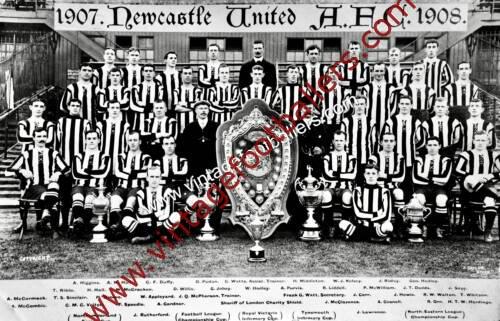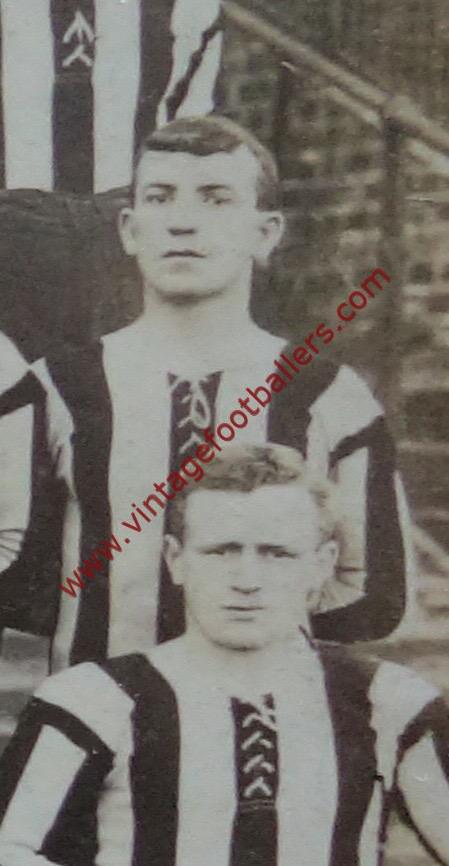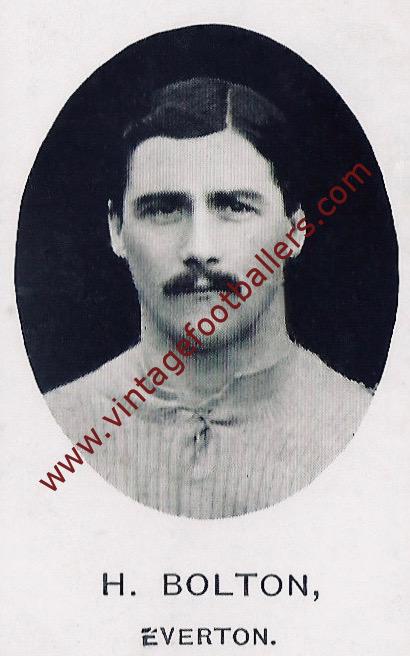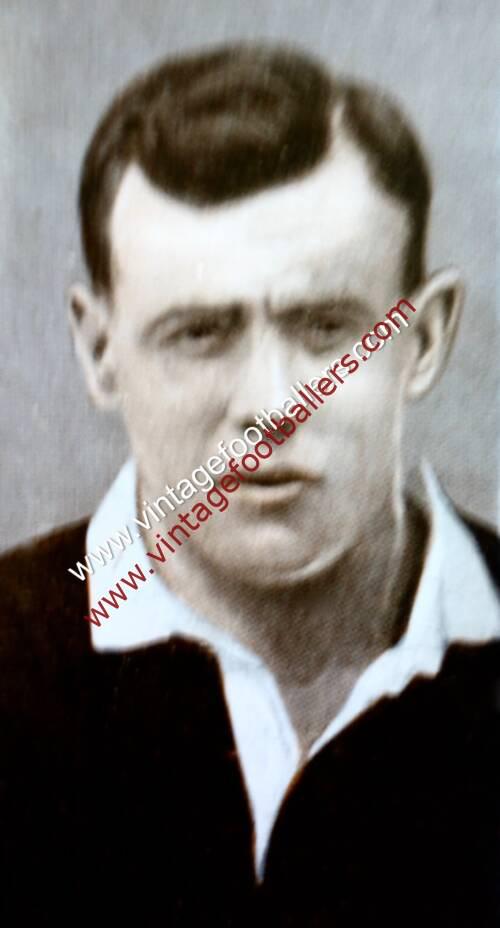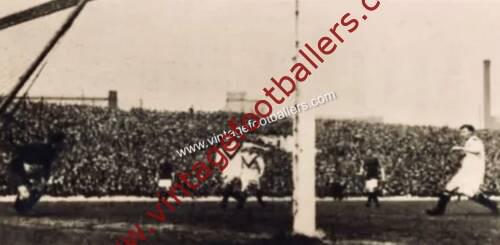Description
Cape Town, South Africa born left back Thomas “Tony” Whitson began his football career at Walker Athletic in 1903 and played for Walker Parish Church in 1904 before joining First Division Newcastle United in February 1905, making his Football League debut at Notts County in April 1906, his only appearance of the season. After two further appearances he broke into the first team from early in the 1908-09 season, playing 30 League matches as Newcastle United won the League Championship. Although never capped for England, he represented The Football League in a 3-1 defeat to The Scottish League at Celtic Park on 27th February 1909. He also played in their 1909 FA Cup semi final team that lost 1-0 to eventual winners Manchester United at Bramall Lane, and in the team that won the FA Charity Shield against Northampton Town at Stamford Bridge in April 1909.
The following season Whitson was part of the team that won the FA Cup, although having played in the semi final win over Southern League Swindon Town, he only played in the first match against Barnsley, a 1-1 draw at The Crystal Palace, getting injured and being replaced for the replay by Jack Carr as Newcastle won 2-0 at Goodison Park. He did however play in all 8 FA Cup ties as Newcastle again made the FA Cup Final in 1911, only to be beaten by Bradford City 1-0 in a replay at Old Trafford after a 0-0 draw at The Crystal Palace. In the same year he appeared in the Whites v Stripes England trial match but wasn’t selected for full international honours.
Whitson started to find his regular place in the first team under increasing threat and lost his place after a 2-2 draw against Sheffield United on Boxing Day 1911, thereafter making only 19 further appearances for The Toon over the next three years, having played 146 times for The Magpies in total. After the First World War he joined North Eastern League Carlisle United in October 1919 and played for them for four seasons, helping them win the North Eastern League Championship in 1922 before retiring a year later.
